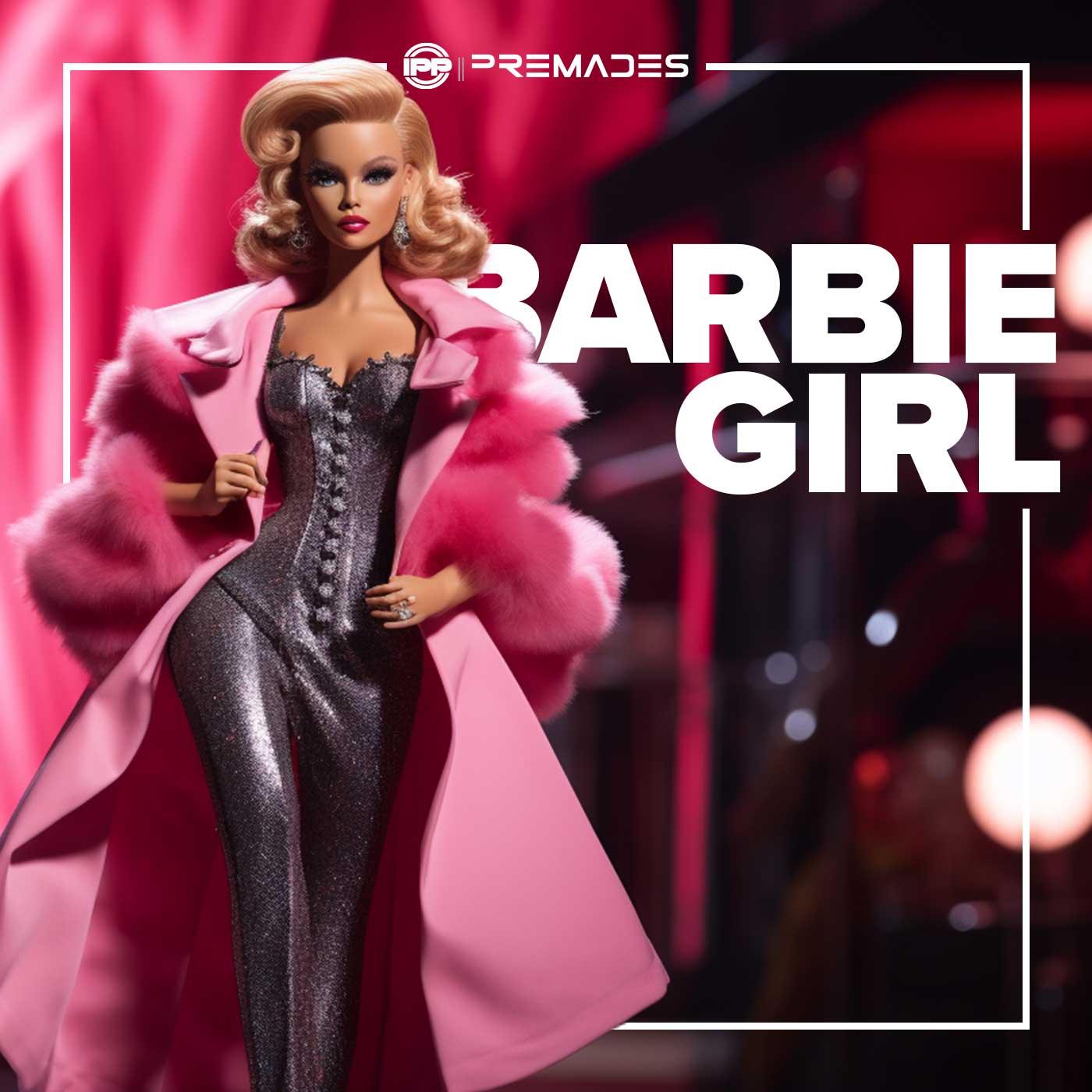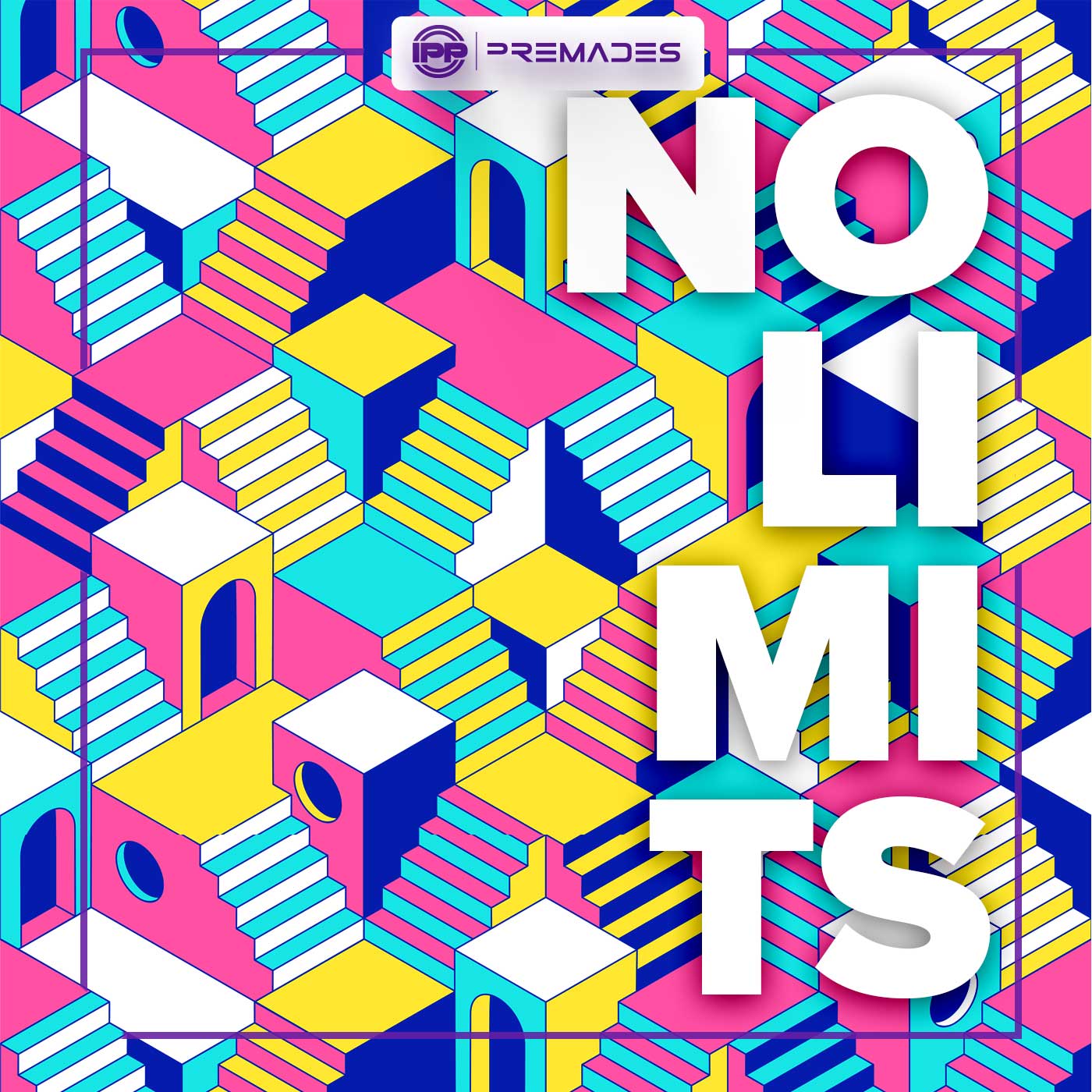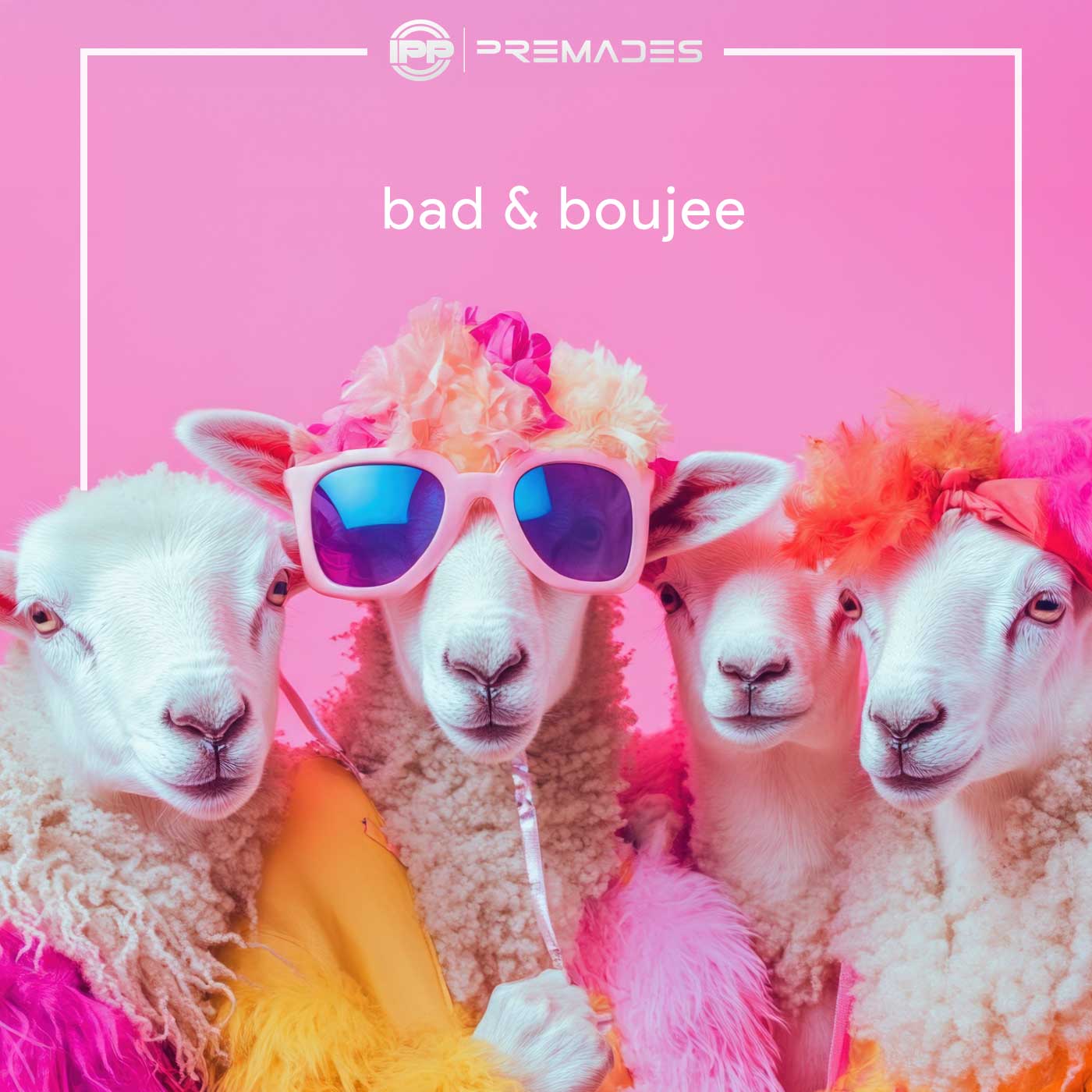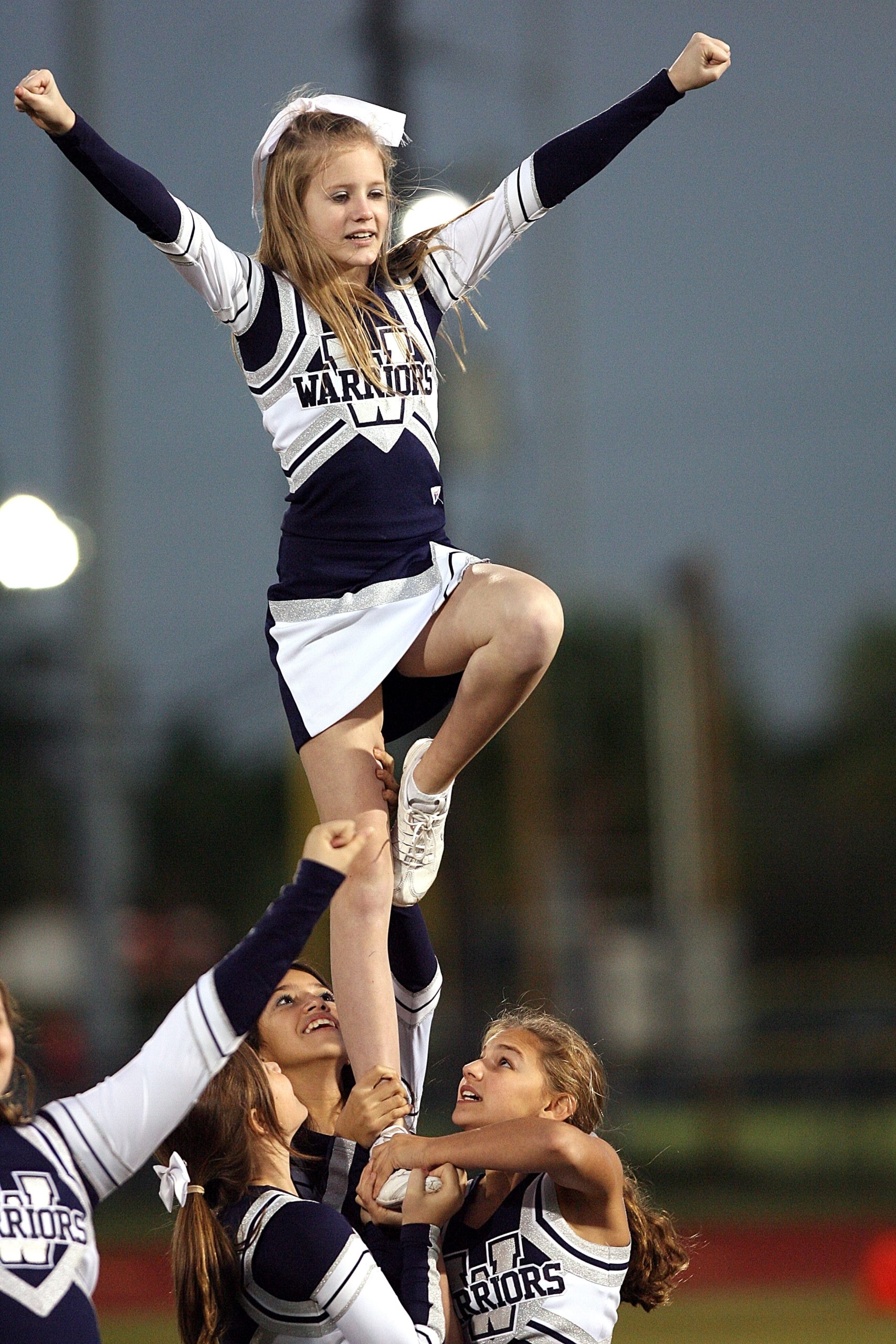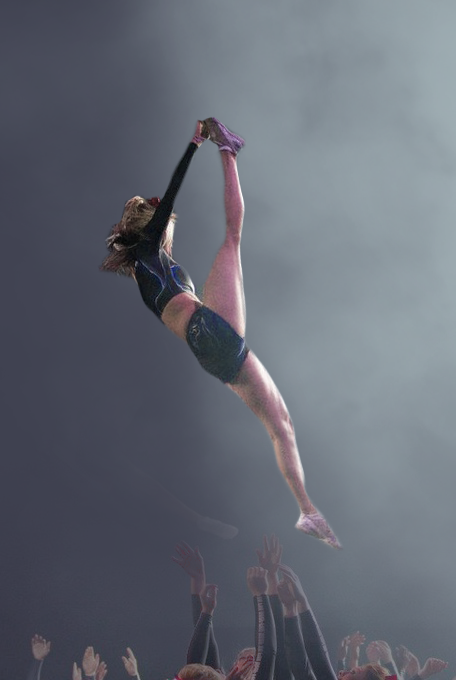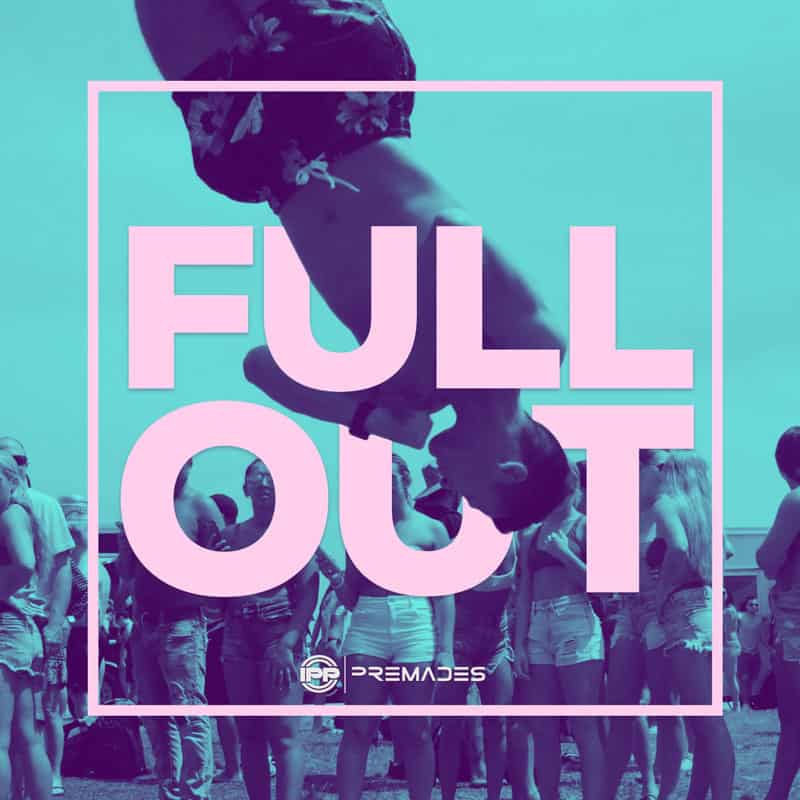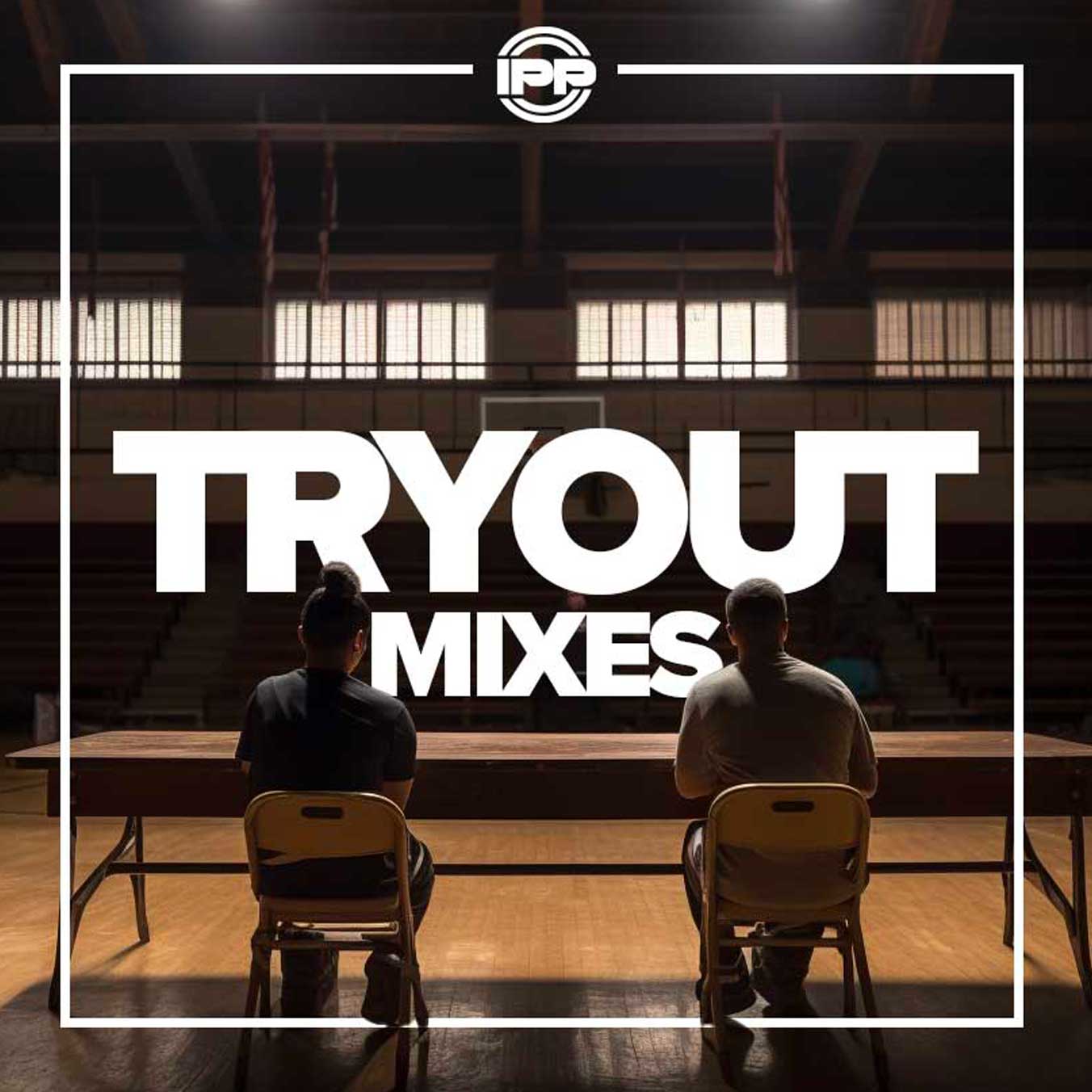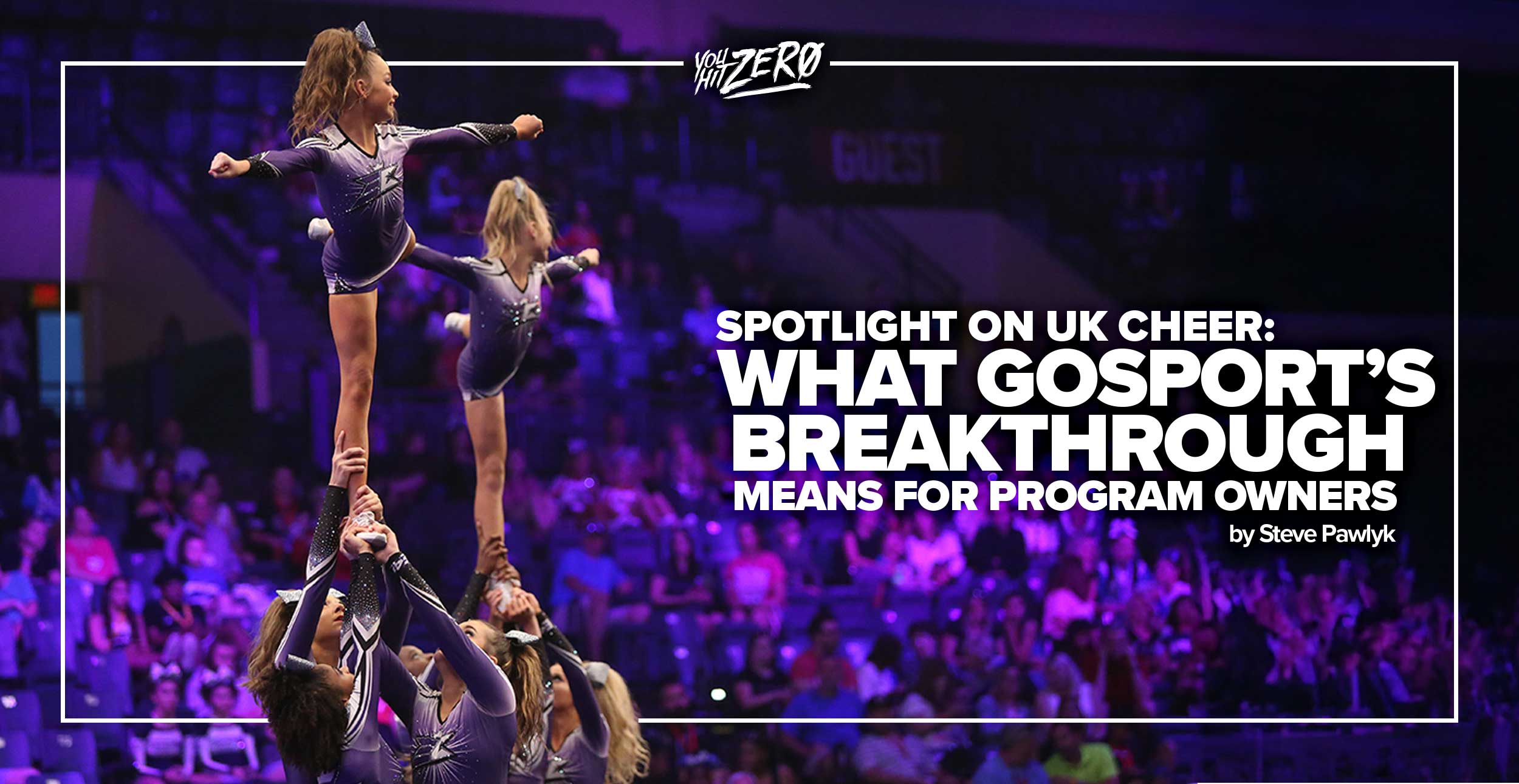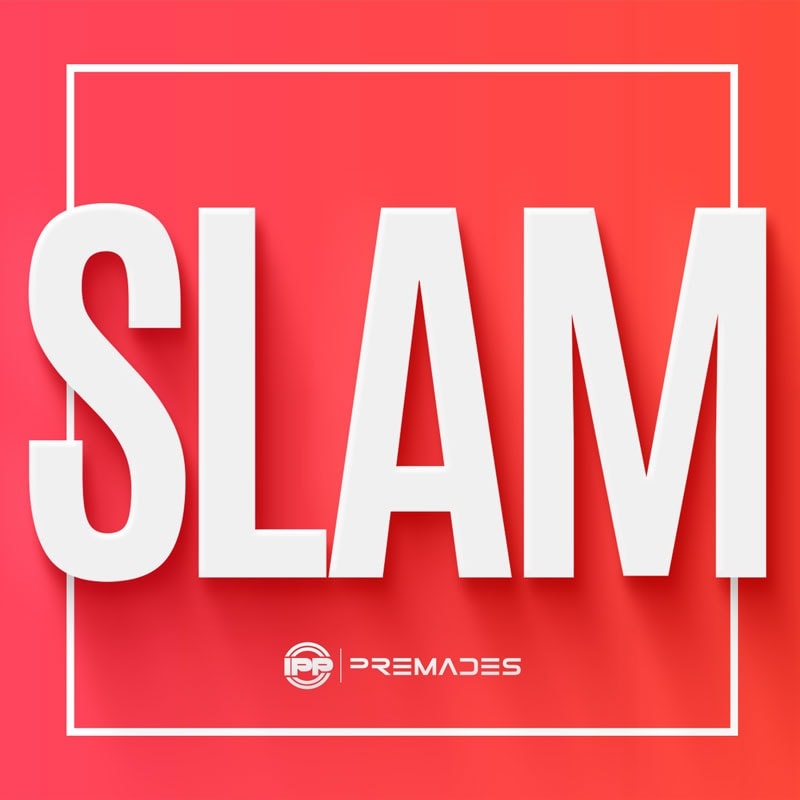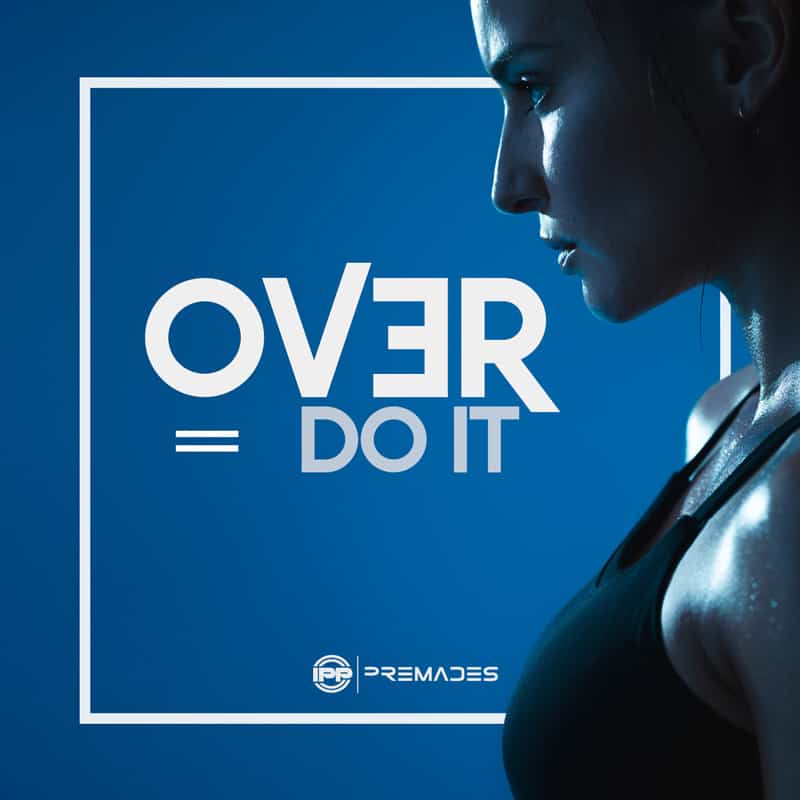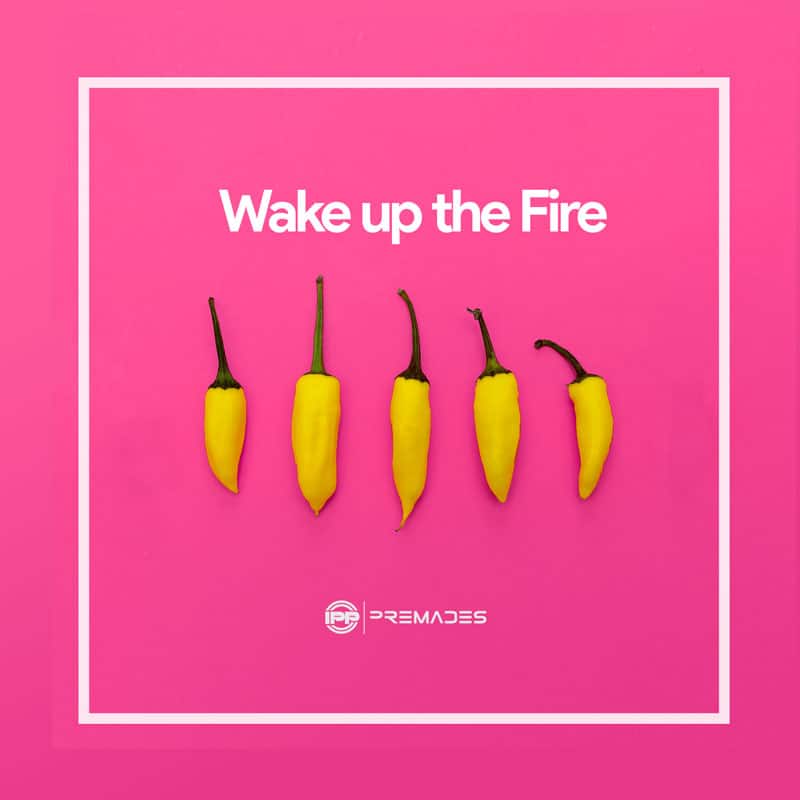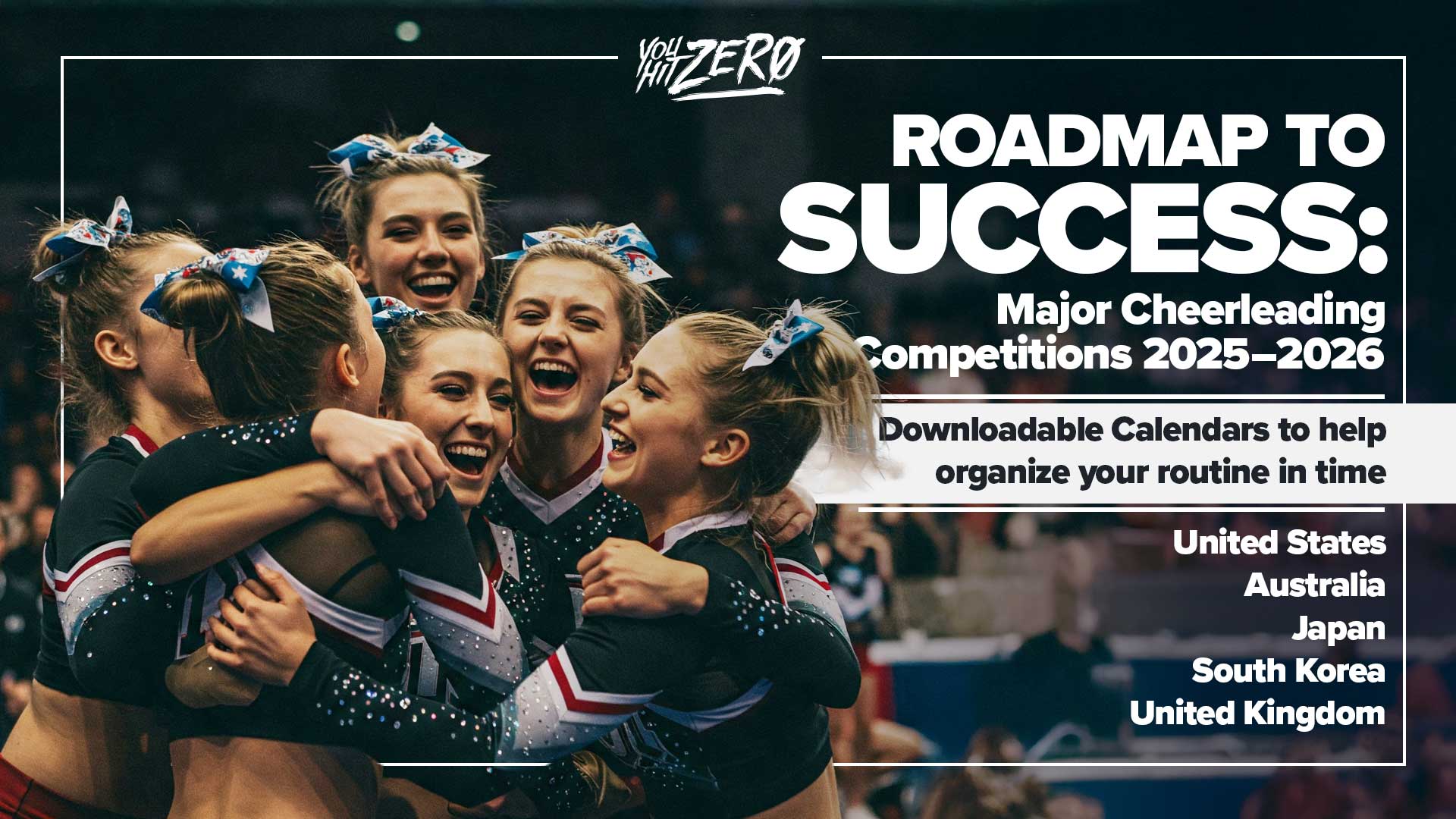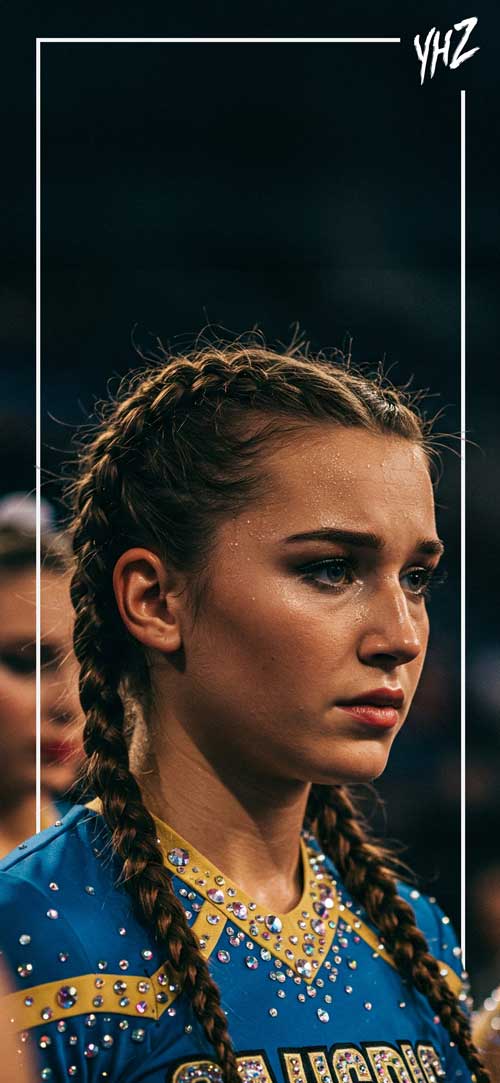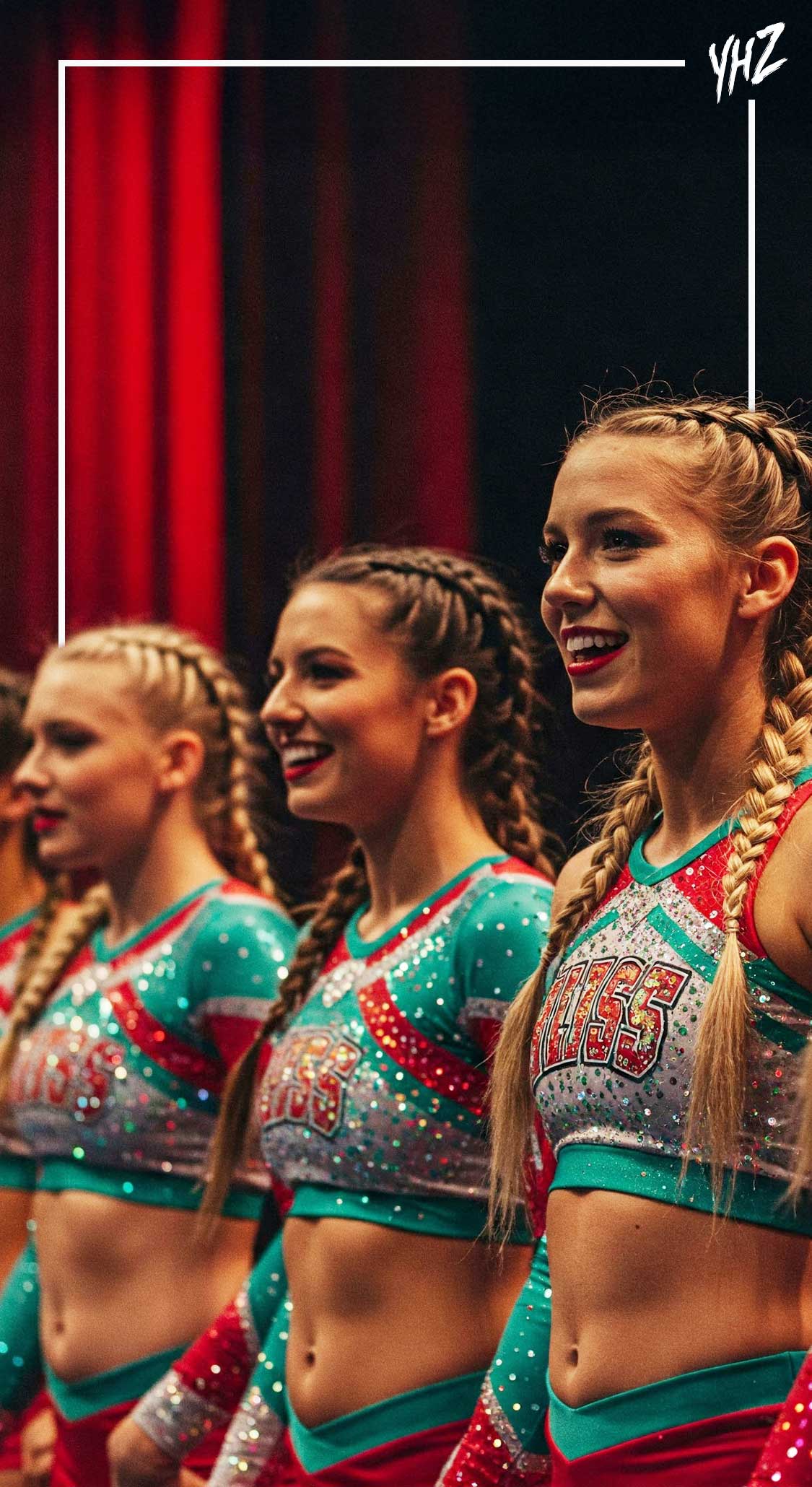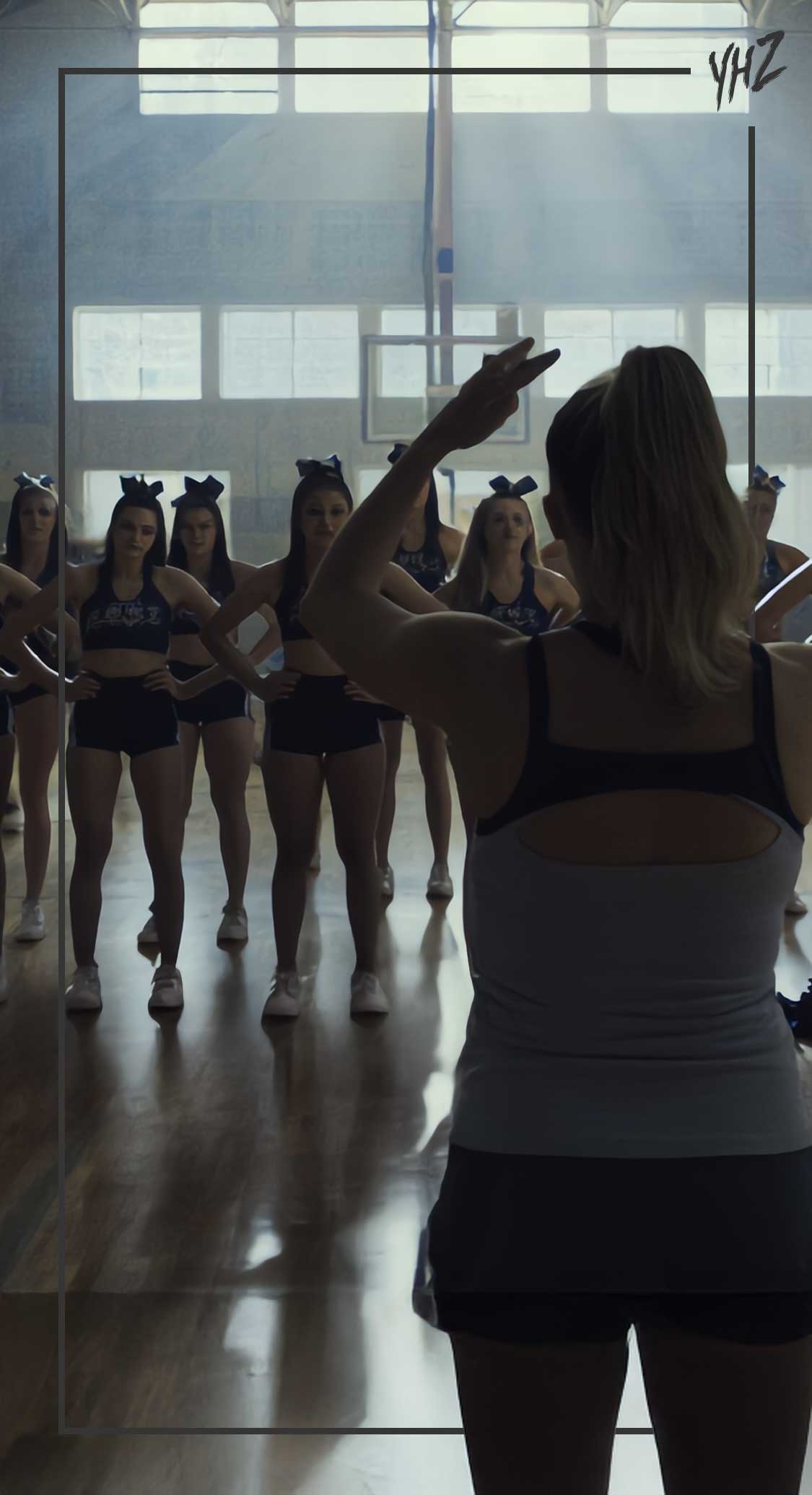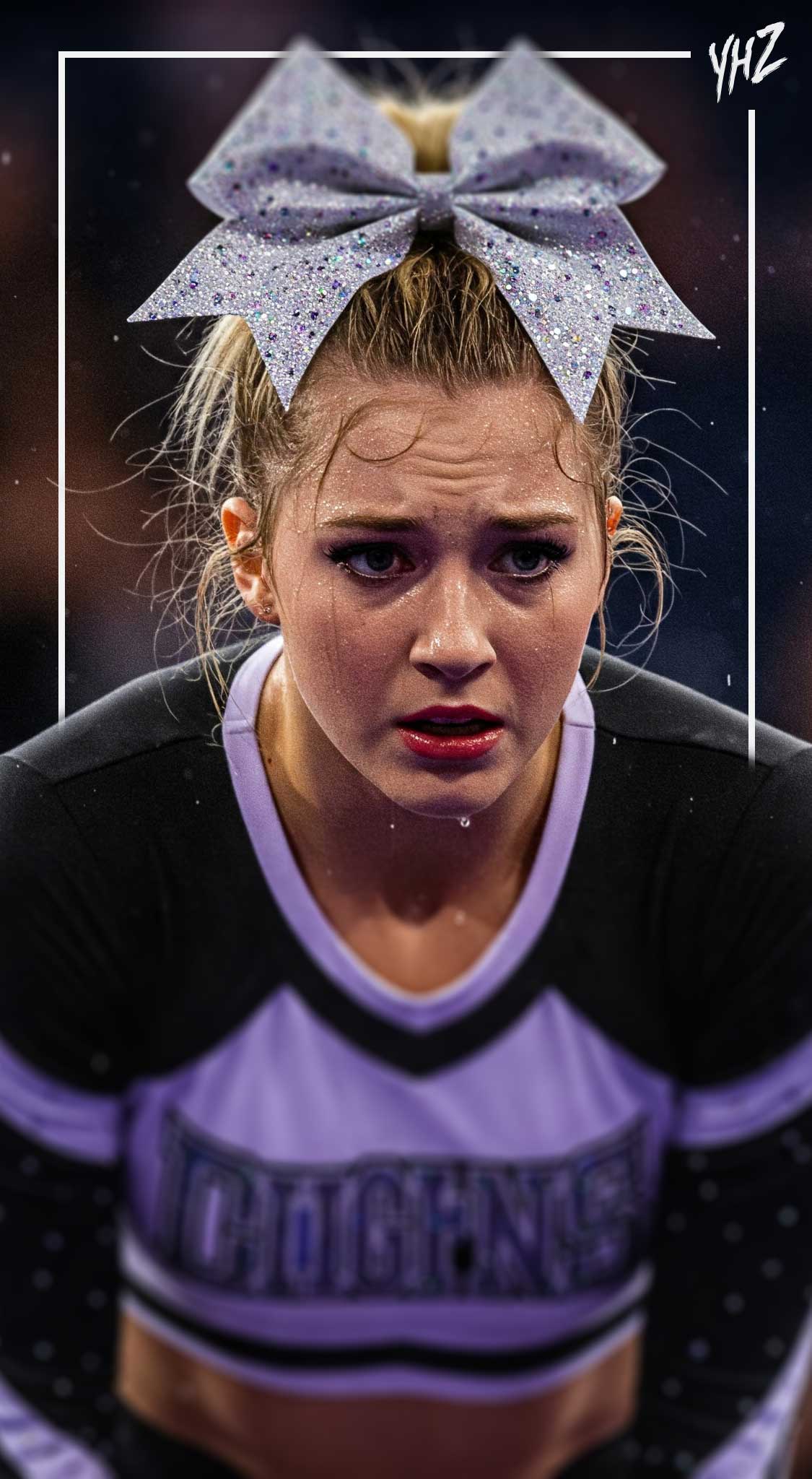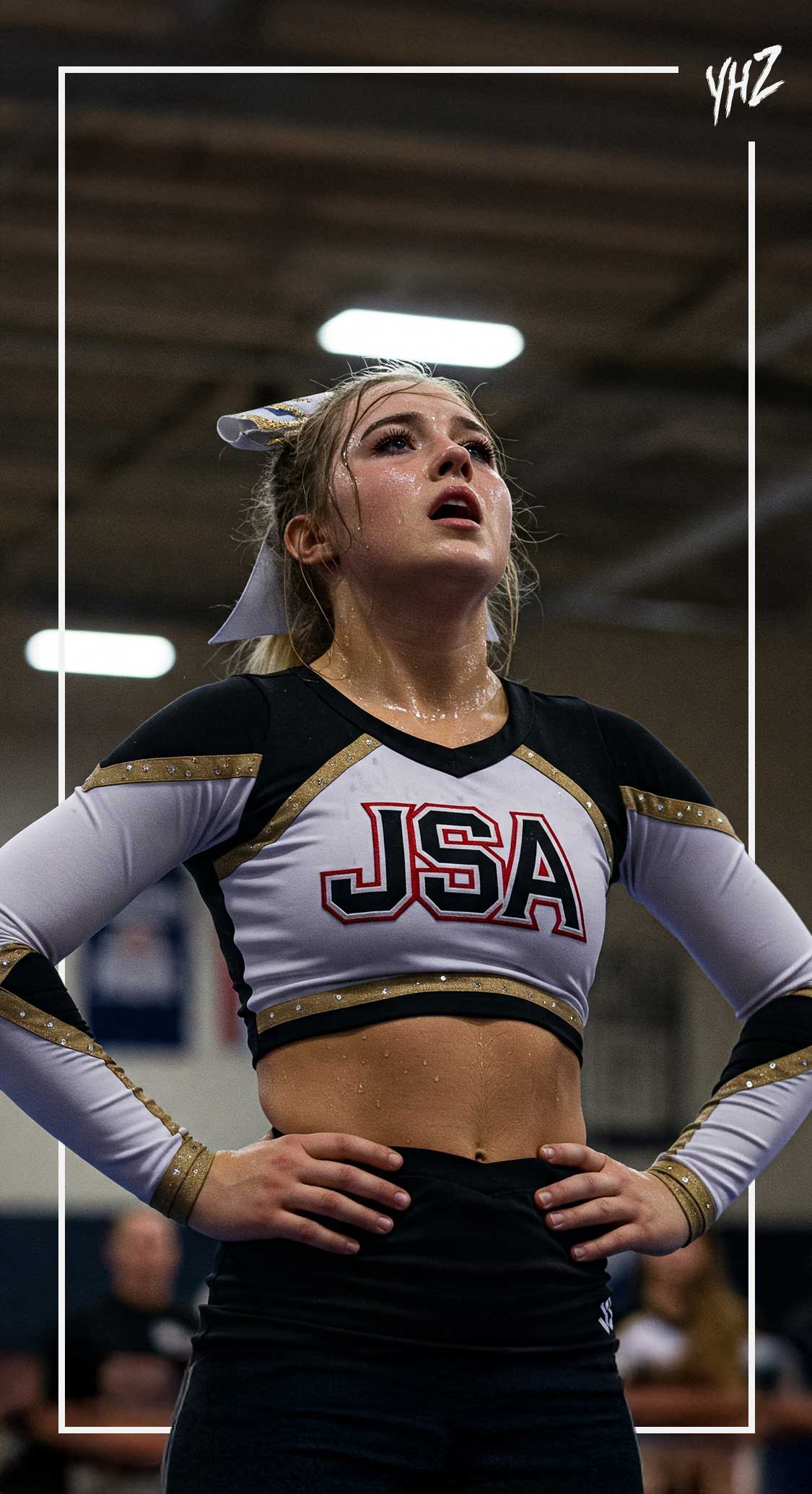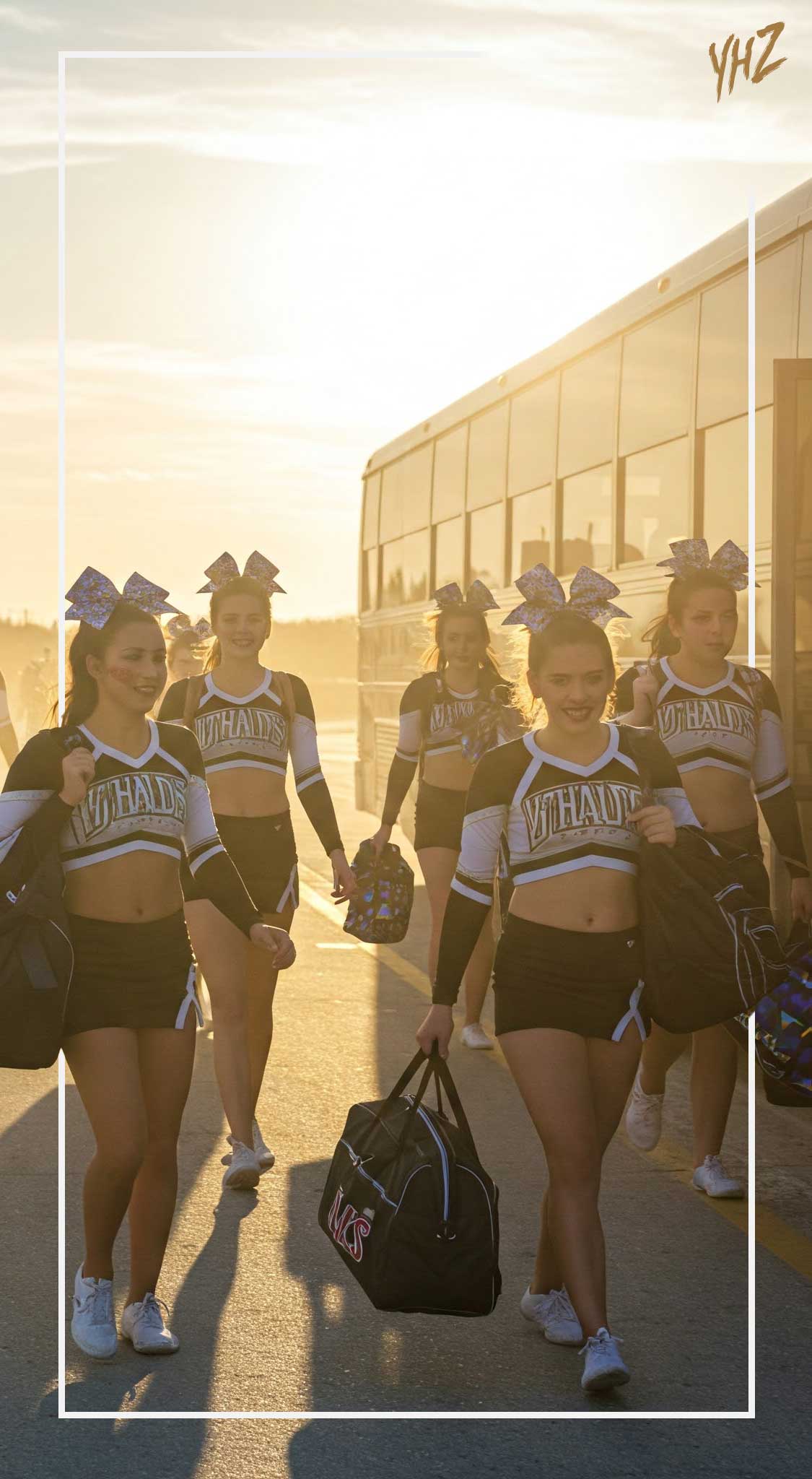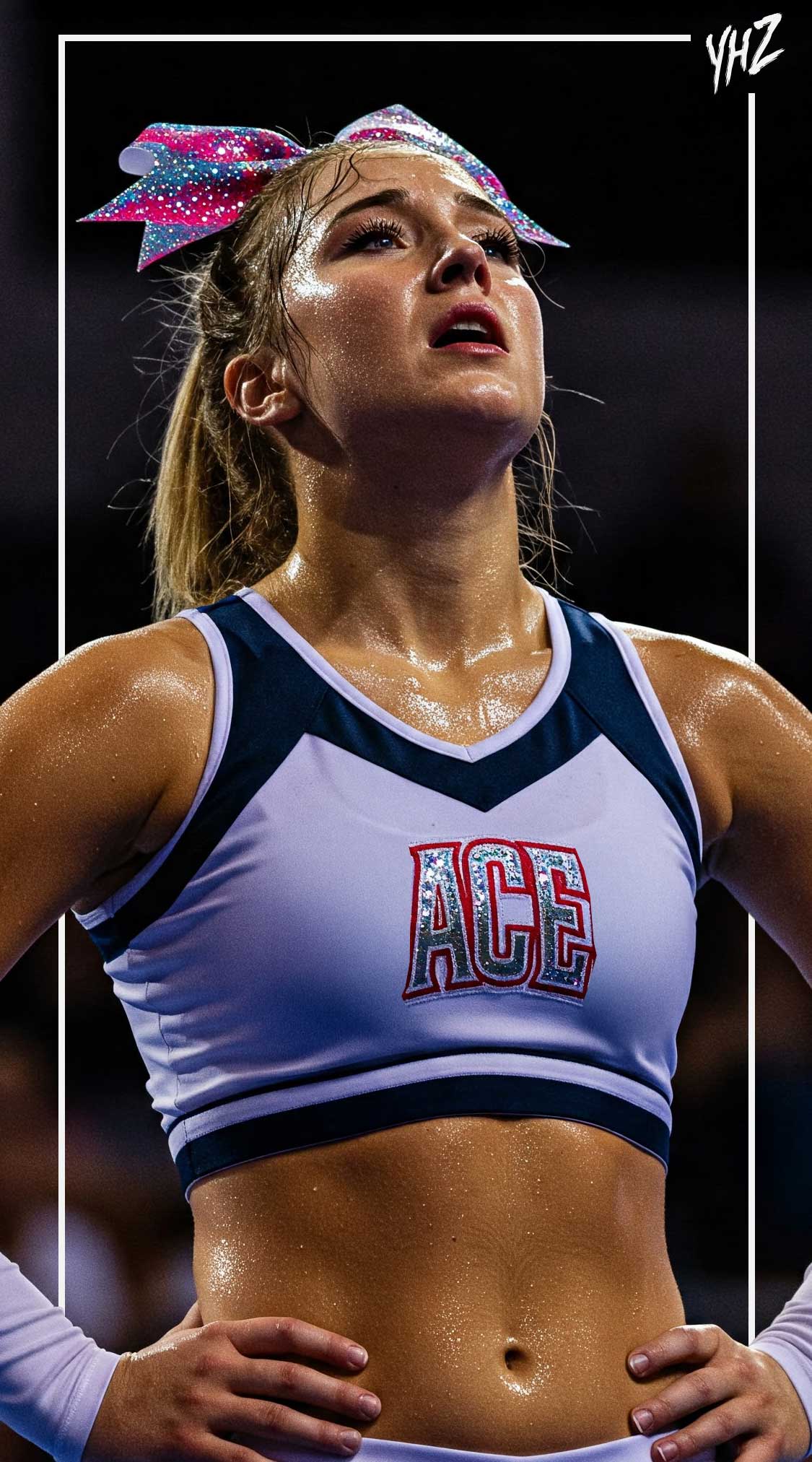By Steve Pawlyk
Published June 14, 2025
Competitive cheerleading is experiencing a seismic shift—with elite teams now springing up across the globe, beyond the traditional U.S. powerhouses. Case in point: in June 2025, Gosport, UK—far from the glittering arenas of Orlando—celebrated a game-changing moment when Jessie Leigh Dance & Cheer Academy and Storm Athletics both clinched gold medals at a prestigious Florida competition, shattering stereotypes and redefining global excellence. Their astounding success not only earned headlines but also spotlighted a broader trend: countries from Canada to Australia, Japan to Norway, are producing breakout programs that challenge long-standing hierarchies. In this article, we’ll explore how these rising international stars are reshaping competitive cheer—and share actionable insights for U.S. coaches, choreographers, and gym owners ready to raise their own programs to world-class status.
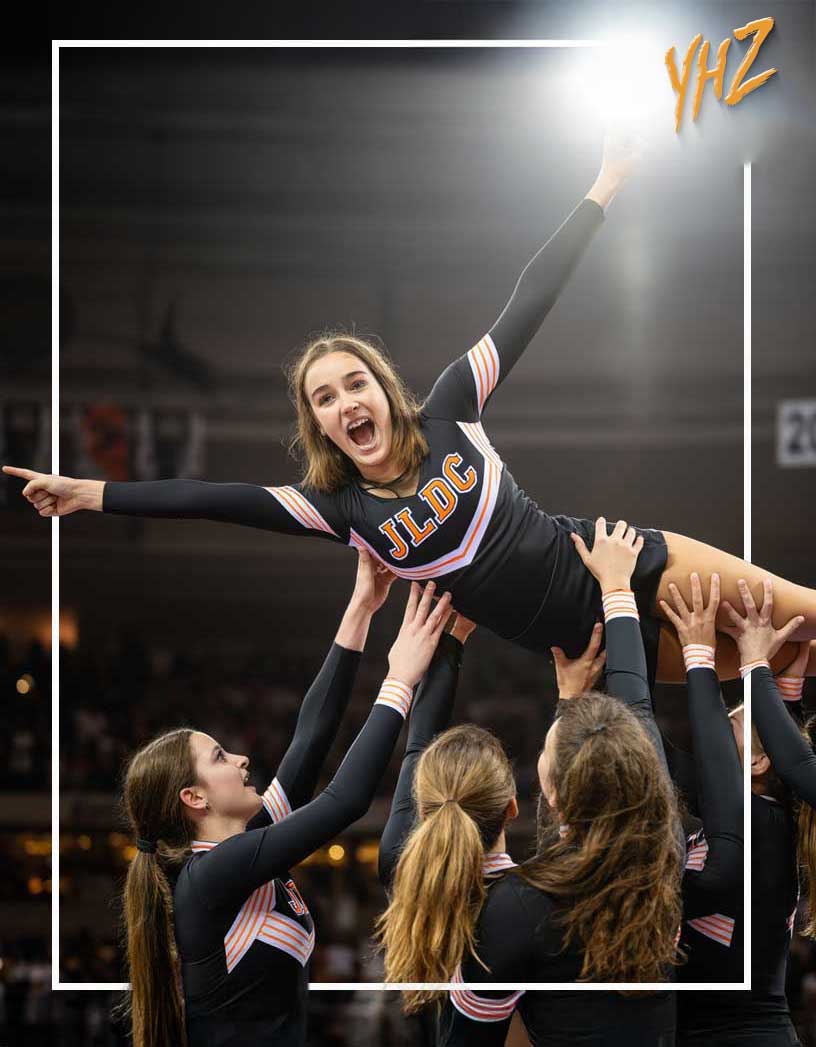
1. 🇬🇧 Gosport’s Rise: Jessie Leigh & Storm Athletics
Located on an industrial estate in Gosport, UK, Jessie Leigh Dance & Cheer Academy and Storm Athletics have become world-class programs—each clinching gold in different heats at a major U.S. competition this spring
Founded by passionate couples (Jessie & Mark Metelko; Sarah & James Carlin), these gyms balance strong technical foundations with community-focused culture, appealing to athletes ranging in all ages; from kids to adults. Storm Athletics now boasts 350 members; Jessie Leigh has 250 competitive athletes and 150 recreational participants
2. 🌏 Other Non-U.S. Breakouts
Canada
- Cheer Sport Sharks from Ontario are consistently in the top 3 of International Open divisions at The Cheerleading Worlds.
- Flyers All Starz Notoriou5 (Canada) recently took the L5 International Open Small Coed title at Cheerleading Worlds 2025.
Australia
- Team Australia finished top-3 multiple divisions at ICU Worlds 2025, including Youth All-Girl and Junior Coed levels smu.edu+8cheerunion.org+8ippmusic.com+8.
- Infinity Athletics in Loganholme skyrocketed from a seven-athlete gym to 250+ members, with two locations and a slot in the 2025 Global Games in Honolulu.
Japan & Norway
- Japan has dominated dance categories—e.g., Freestyle Pom and Hip Hop—ranking top in recent ICU contests.
- Viqueens Cheerleaders from Norway took home gold in International Open All-Girl Level 7 at Worlds 2024.
UK (Beyond Gosport)
- Unity Allstars Black (England) won L7 International Open Coed Non-Tumbling at Worlds 2025.
- Coventry Dynamite (England) proudly placed in International Open Large Coed at Worlds 2024.
Emerging Regions: Latin America, Africa & Asia
- ICU’s 2025 medal tally shows strong performances from Team Ecuador, South Africa, Poland, Mexico, and Chile in Youth & Junior categories.
- Team Ukraine-1 earned top doubles Pom podium in ICU World Cup flocheer.com+3cheerunion.org+3starrcards.com+3.
What This Means for Cheer Coaches, Choreographers & Gym Owners
1. ❇️ Quality Over Origin
Elite cheer no longer belongs solely to the U.S.—global programs are mastering difficulty, execution, and creativity. Gosport and Infinity Athletics are teaching us that excellent coaching, solid infrastructure, and athlete well-being can trump geographical stereotypes.
2. ✔️ Opportunity for International Event Partnerships
Hosting clinics or competitions featuring teams like Coventry Dynamite or Viqueens Cheerleaders can elevate your gym’s credibility, diversify team experience, and attract new audiences.
3. 🌐 Path to Global Connections
Establish relationships with emerging programs abroad for collaborative training opportunities, e-learning exchanges, or even elite coaching trips. These connections enrich your teaching methodology and appeal to prospective athletes/families.
4. 🎯 Inclusion Unlocks Growth
A core theme across these breakout gyms is inclusivity—welcoming beginners, all-abilities athletes, women and men. Logan’s Infinity Athletics attributes its success to offering multiple entry points—from semi-competitive to adult fitness teams
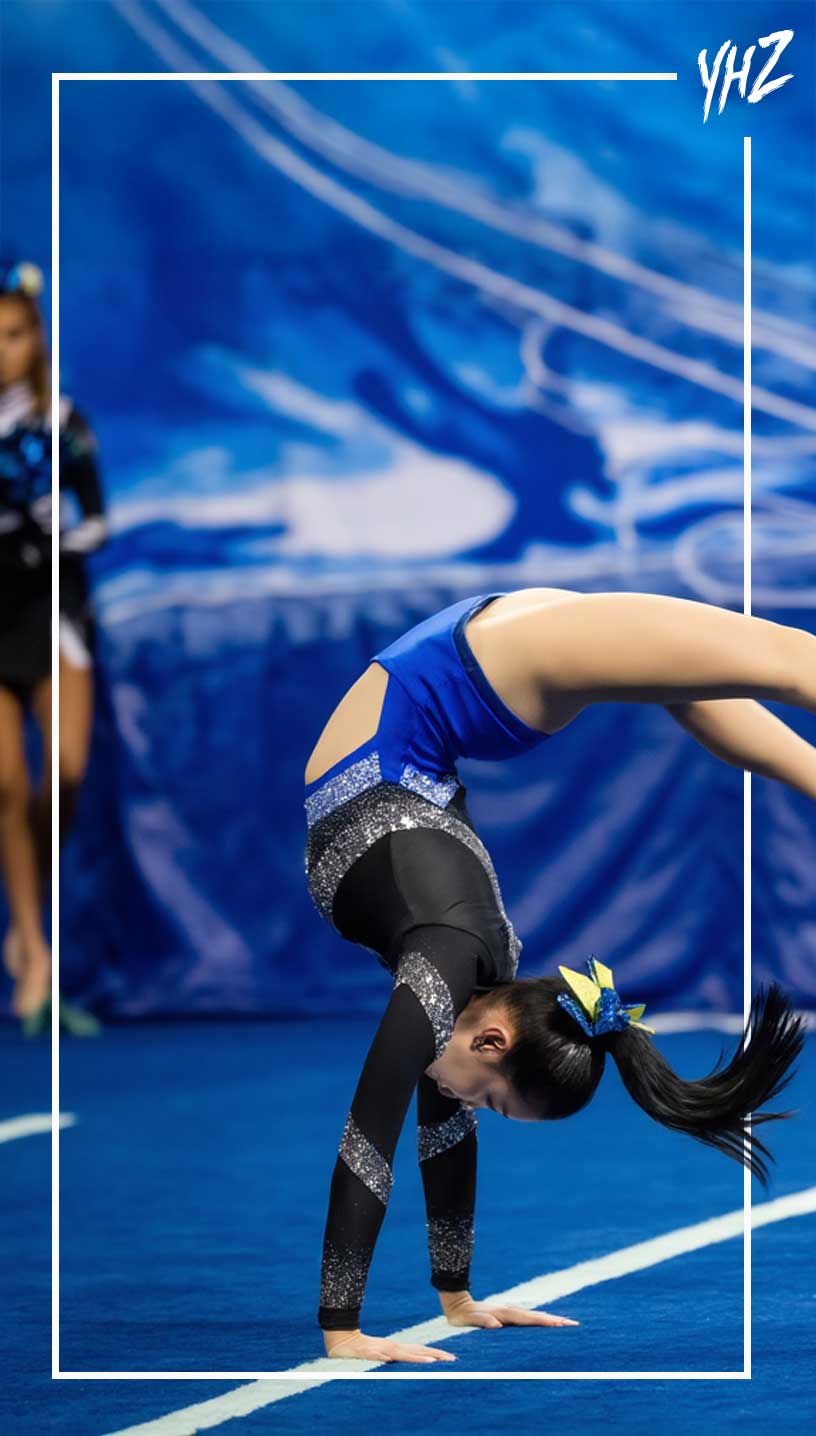
5. 📈 Monetizing Elite Achievements
When non-U.S. teams excel internationally, it generates press, public awareness, and enrollment spikes. U.S.-based gyms can adopt similar strategies—championing international travel, celebrating athlete achievements, and building narrative around aspirational culture.
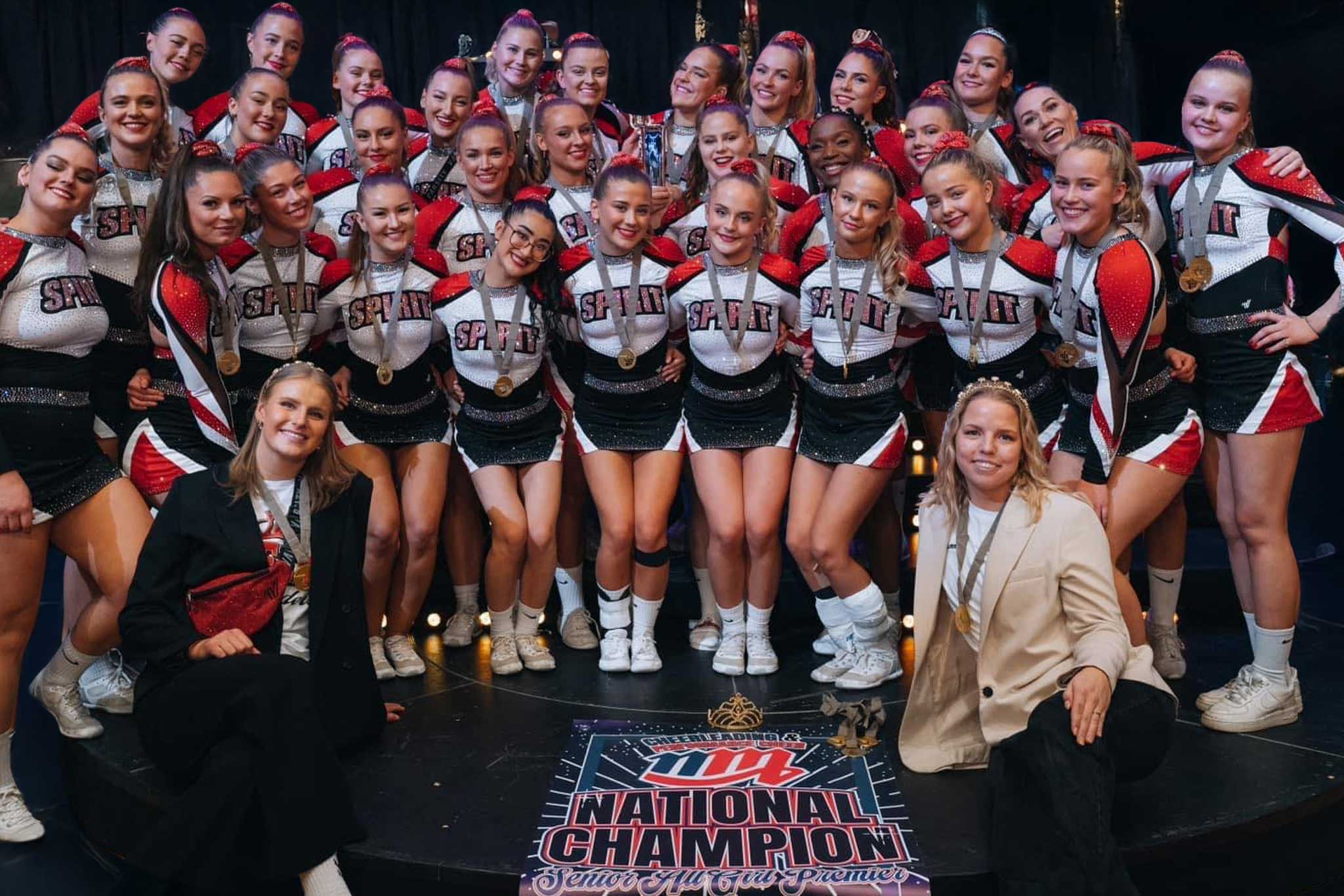
Coach Tips for Leading Your Gym to the Next Level
- Develop Local Identity: Like Gosport, leverage regional pride tied to top-tier wins.
- Invest in Infrastructure: Consider facility expansions or upgrades when growth demands follow strong coaching.
- Build Inclusive Programs: Offer pathways from recreational to elite—all-abilities squads included.
- Engage in Global Events: Attend ICU Worlds, Summit, or Global Games—not just for performance, but networking and trend-spotting.
- Leverage Press & Social Media: International medals are marketing gold—share videos, highlight athlete journeys, invite local media.
The international cheerleading landscape is shifting—from Gosport’s meteoric rise in the U.K., Canada’s champions, Australia’s gym growth, to strong showings from Japan, Norway, and beyond. Coaches, choreographers, and gym owners have a golden opportunity: use these global success stories to inform your recruitment, programming, facility planning, and storytelling. With vision and intentional growth strategies, your program could be the next breakout team making headlines at ICU Worlds or Summit! 🙌
IPP's Premade Mixes are USA Cheer Compliant and customizable! Add Sound FX, swap songs, & more! Add your Team Name to the mix for only $10!


